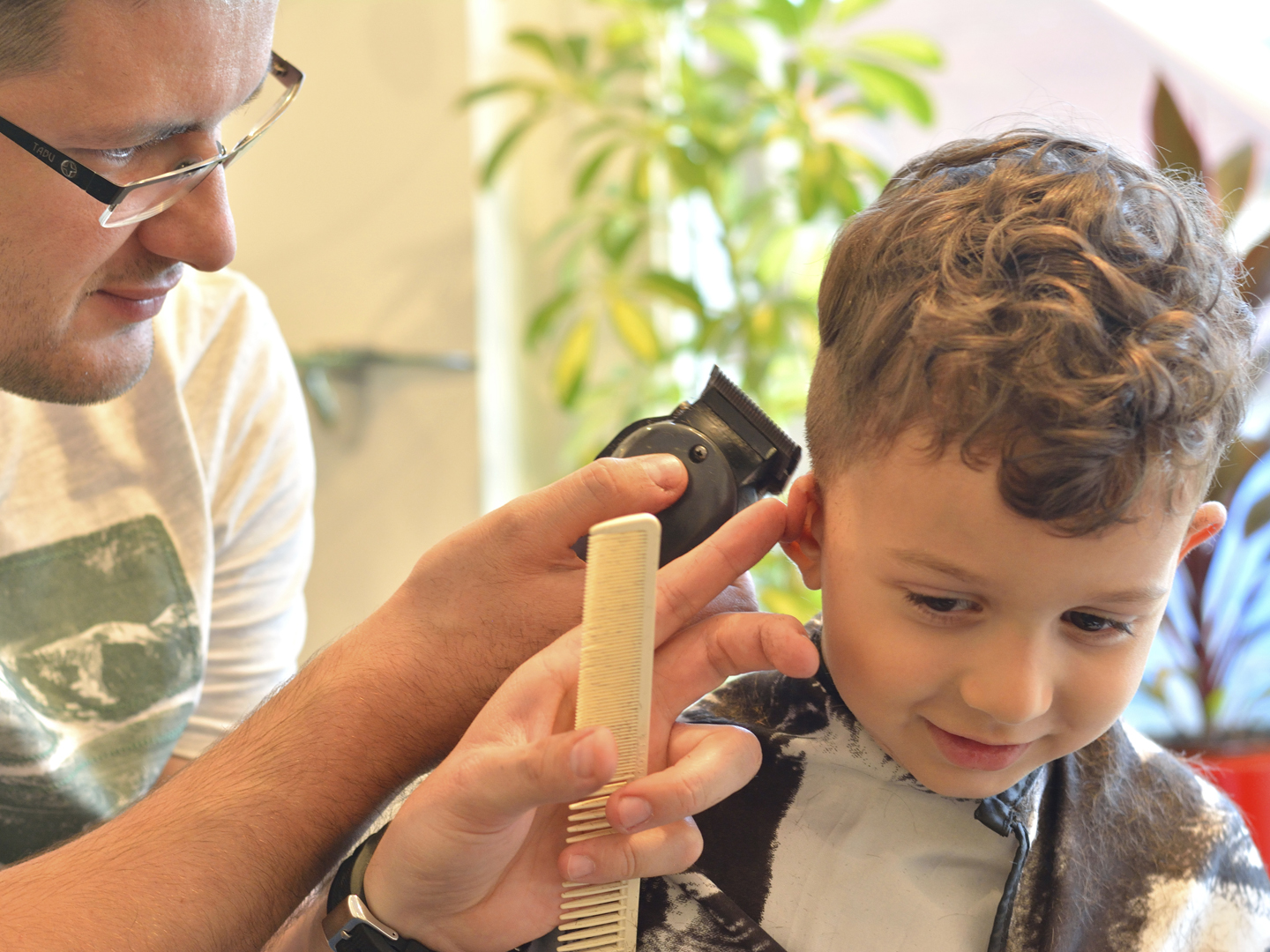Losing Your Head Over Lice?
Last year my kids came back from school in September with lice! I hated the stuff I had to use to get rid of them. I think it was toxic. Do you have any recommendations for prevention? Safe treatment?
Andrew Weil, M.D. | September 8, 2003

Updated on 6/30/2005
Head lice are a common nuisance of childhood. Kids pick them up from someone who already has them by wearing each other’s hats, scarves, hair ribbons and other clothes, sharing combs, brushes or towels, or lying on a bed, couch, pillow or even cuddling a stuffed animal that belongs to a child who has lice. Try to discourage this kind of sharing, particularly if you hear that there’s an infestation at school, day care center, or wherever your children spend time.
The conventional treatment is one percent lindane, sold as Kwell lotion. Lindane is a cousin of DDT and can harm the nervous system. Natural and safer alternatives include one percent permethrin cream rinse, sold as Nix and Neem, derived from a tree in India. Lice can develop resistance to permethrin products, and these products can aggravate asthma in some children, but both are relatively nontoxic. (Neem is sold in garden shops.)
I’ve also heard that some California school systems are using a product called Lice-B-Gone, a non-toxic, multi-enzyme shampoo made from plant sources that seems to get rid of lice in a single application. It works by softening the glue that holds the nits (lice eggs) to the hair shaft and also dissolves the exoskeletons of adult lice. Since it contains no pesticides, Lice-B-Gone is considered safe for pregnant women, nursing mothers, young children and people with asthma. In some states, the cost of treatment with Lice-B-Gone is covered by Medicaid.
Andrew Weil, M.D.









